Whole-food carbs come with major health benefits, like fiber and antioxidants
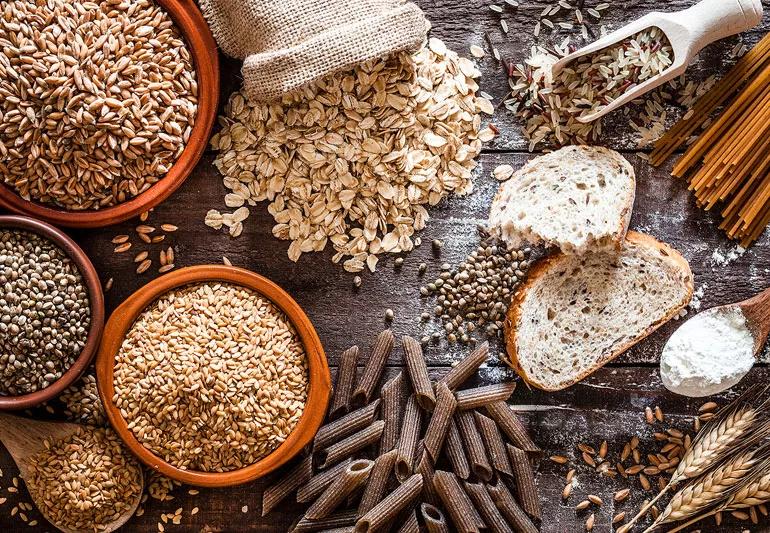
If you’ve been paying attention to celebrity-endorsed fad diets recently, you’ve probably gotten the impression that carbohydrates (carbs) are to be avoided at all costs. Carbohydrates tend to get a bad rap, especially in this era of carb-restricting diets, like keto, paleo and Atkins.
Advertisement
Cleveland Clinic is a non-profit academic medical center. Advertising on our site helps support our mission. We do not endorse non-Cleveland Clinic products or services. Policy
But that’s really oversimplifying things.
Carbs can have an important role to play in most people’s diets. That is, some carbs do at least. And knowing the difference between healthy carbs and less-than-healthy carbs is important.
“People can gravitate to a no-carb diet because the rules are easy to follow,” notes Natalie Romito, RDN, LD. “Low- and no-carb diets are easy to understand. And people tend to like diets with hard-and-fast rules.”
But following a low-carb or no-carb diet can mean missing out on some healthy (and delicious) foods.
Better than trying to cut carbs completely, Romito suggests focusing on cutting back on processed carbs in favor of healthy carbs — that is, carbs you get from whole, natural foods.
Romito explains the difference.
In the simplest terms, carbs are fibers, starches and sugars. They’re the nutrients your body prefers to burn for fuel. Carbs are your body’s go-to energy source before it turns to less-efficient sources, like fat and protein.
Some carbs are naturally found in certain foods. Those are the healthy carbs. The ones that are left alone — au naturel.
Other carbs have gone through a food manufacturing process. Along the way, they lose much of their health potential. These refined, or processed, carbs should be limited. That includes things like white flour, white sugar and fruit juice.
Advertisement
Romito explains:
“Whole-food carbohydrates — foods as close to how they grow in nature as possible — are the best options. When foods are in their whole form, they have fiber and antioxidants that we benefit from,” she says. “When foods are refined or processed, the fiber and some (or all) of the vitamins, minerals, and antioxidants get stripped away. So, they don’t provide nearly as much benefit to our bodies. Some of them can even increase inflammation.”
In other words, natural, whole-food carbohydrates come with health benefits that your body needs.
Fiber, for example, keeps you full longer, which encourages portion control and limits mindless snacking. Fiber also supports healthy blood sugars, keeps cholesterol in check and lowers your risk for colorectal disease like diverticulitis and certain cancers. And antioxidants fight free radicals that build in our bodies and have been connected to things like aging skin, cancer, Alzheimer’s disease and more.
Processed carbs, on the other hand, cut out all that healthy stuff, leaving behind mostly empty calories that don’t give your body the nutrition it needs.
When you cut out all carbs, you miss out on inflammation-fighting antioxidants and vitamins that keep your body healthy and strong.
So, instead of avoiding all carbs, Romito suggests instead being choosy about carbs. Stick to the natural ones. Limit the processed stuff.
What are some of the best sources of healthy carbs? Romito suggests these foods:
So now, you’re on board with eating the right carbs. The healthy carbs. But how do you know if you’re getting enough? Or overdoing it?
Romito says people who exercise a lot will need more carbs than people whose lives are less active.
But in general, most people need at least 150 grams of natural, whole-food carbs per day.
“A good rule of thumb is that about one-quarter of your meal should be composed of whole grains or starchy vegetables,” Romito advises. “And include fruit and low-fat dairy on the side or as a snack between meals.”
Advertisement
Processed carbs, on the other hand, are best left for occasional indulgences. Birthday cake at a party for example. Or a slice of pizza here and there.
“You don’t need to avoid processed carbs completely. That’s not sustainable for most people to keep up long-term. But keep your portion sizes reasonable, and try not to have them too often,” Romito suggests. “For an everyday healthy diet, it’s best to have whole-food carbohydrate sources rather than refined sugars.”
It can be tempting to get the impression that carbs should be avoided. Without carbs in your body, your body will burn fat. And, voila, weight-loss success! Or so you’d think.
But that’s not the whole story.
“When you stop eating carbs, you lose water weight quickly, as the stored carb in your body is used up,” Romito explains. “That results in rapid weight loss for most people over the first week or two. But then, it slows down the longer you’re on the diet.”
The other thing is, when you’re cutting carbs, you still need to eat, of course. And when you replace carbs in favor of animal products and fat, you increase your risk for conditions like high cholesterol — and potentially miss your weight-loss goals.
Like any hyper-restrictive eating plan, diets that encourage you to avoid carbs can be hard to keep up long term. And when you start eating carbs again, the water weight immediately comes back on as your body starts storing carbs once more.
Advertisement
“The bottom line is carbs don’t make you gain or lose body fat on their own. It’s the change in calories you consume that impacts if you gain or lose body fat,” Romito states.
Advertisement
Learn more about our editorial process.
Advertisement
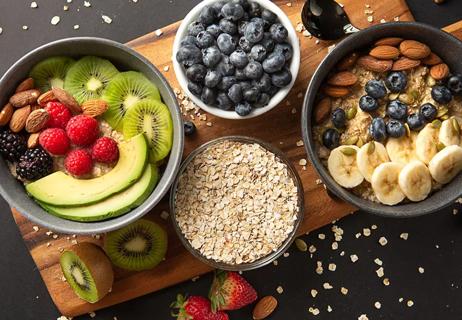
It’s all about choosing complex carbs — like whole grains — that will keep you full

A low-FODMAP elimination diet can help identify your symptoms
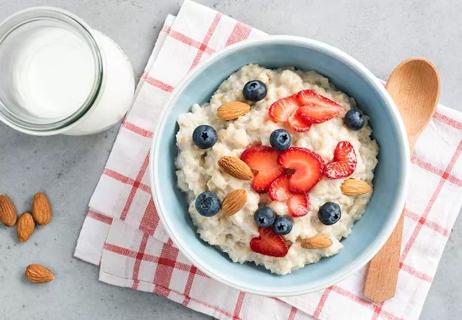
The amount you need depends on several factors, such as age, sex and activity level
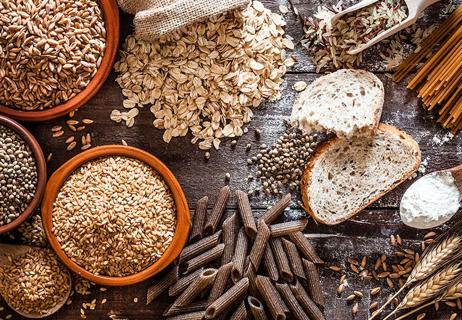
Here’s why you crave them and how to curb them
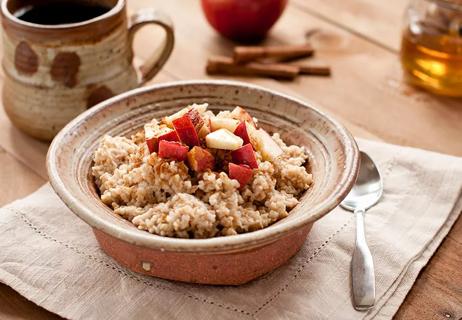
The eating plan is ideal for fueling high-intensity activities (but not for weight loss)
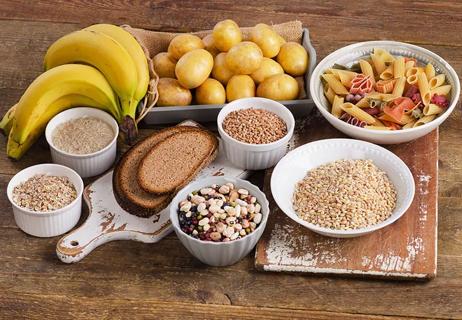
Opt for complex carbs that are full of fiber or protein
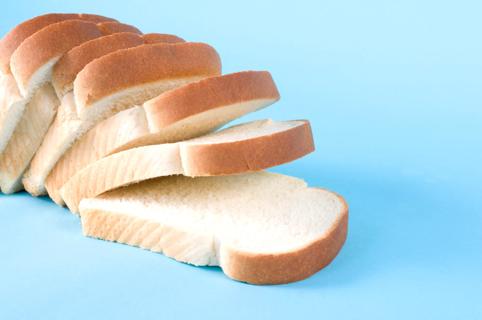
Which carbs should you cut if you want to lose weight?

If you’re feeling short of breath, sleep can be tough — propping yourself up or sleeping on your side may help

If you fear the unknown or find yourself needing reassurance often, you may identify with this attachment style

If you’re looking to boost your gut health, it’s better to get fiber from whole foods